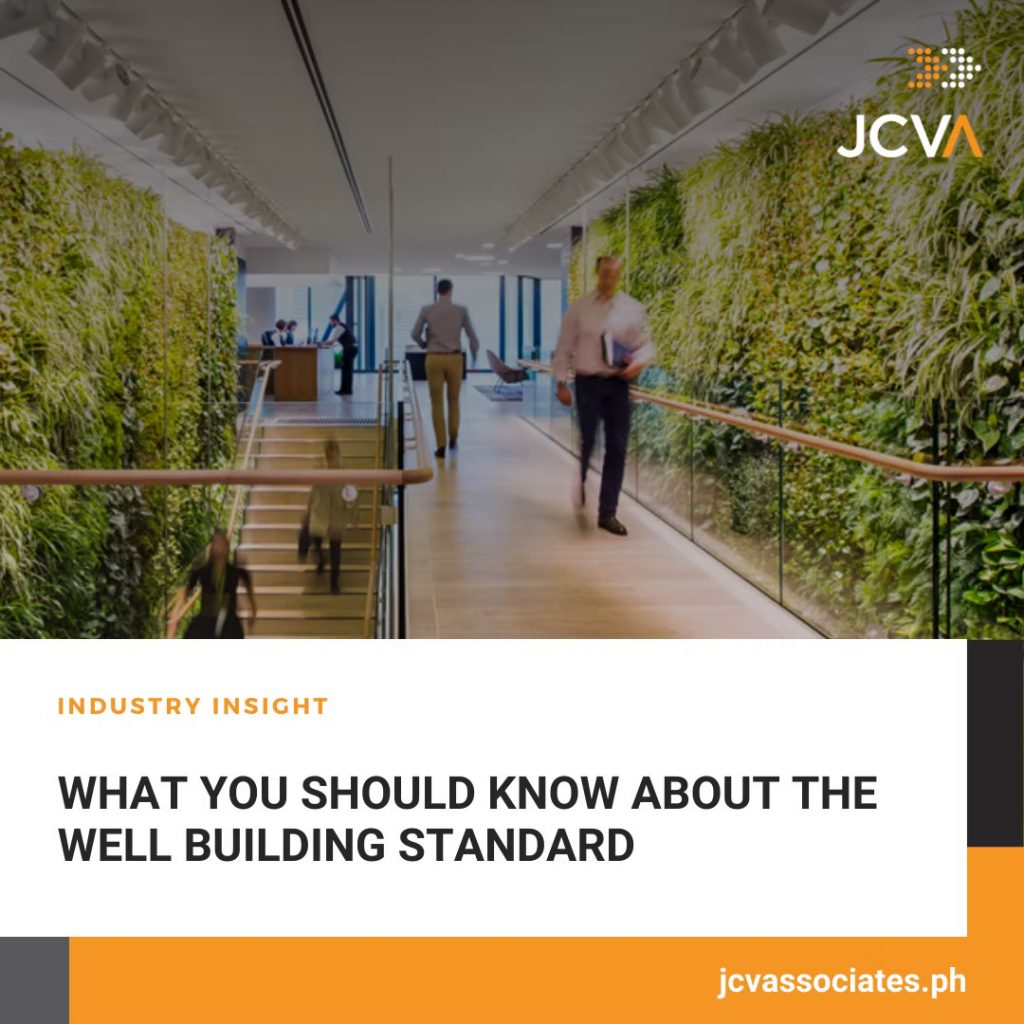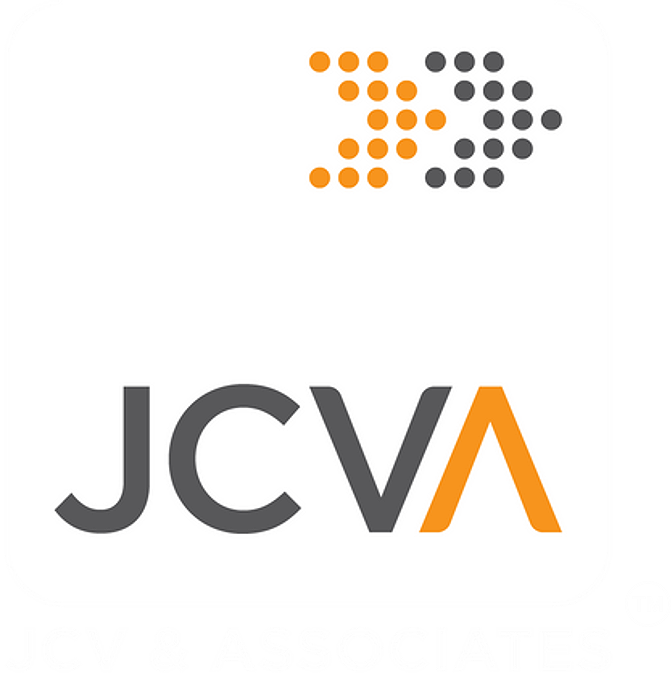
Today, a project’s environmental, social, and ethical impact can no longer be ignored. How can an establishment gain certification to better promote people-centered and green structures?
We’re here to guide you on how WELL certification defines industry best practices to attract top talent, raise productivity, cultivate long-term resilience, and aim to benefit your most valuable asset: your people.
Green building standards and standard-setting organizations have made significant strides toward the market transformation of the building industry over the last decade, resulting in a rapid expansion of green buildings and environmentally conscious building practices around the world.
During this period, strategies to improve human health and well-being only played a minor role in the evolution of building standards. We believe that the time has come to put human health and comfort at the forefront of building practices, and to be conscious of how we should reinvent buildings that are not only better for the planet, but also better for people.
The International Well Building Institute (IWBI) created the WELL Building Standard to help organizations in measuring and tracking the effectiveness of their investments in health and well-being over time, and it has since become one of the most widely utilized people-first building standards worldwide. It has been used on over 33,681 projects totaling more than 3.15 billion square feet across 109 countries.
WELL is a global movement to transform health and well-being by emphasizing a people-first approach to buildings, organizations, and communities. You can accomplish this by implementing the WELL Building Standard (WELL), a road map for designing and certifying spaces. WELL, which was developed over ten years and is backed by the most recent scientific research, establishes pathways for achieving health-first factors that help each of us do our best work and be our best selves by supporting our physical and mental health across ten core concepts.
We soon realize that with the pandemic causing a halt on business operations, securing a green certification is simply not enough. The impact of buildings on human health and well-being has never been more visible or important.
We now know more about the relationship between the physical environment and human health than ever before, thanks to an expanding evidence base. We understand how to design environments that promote – rather than detract from health and well-being. With a WELL-certified facility, your business can be a proponent to enable and enhance the quality of our air, water, and light. These key factors help create environments that fuel our bodies, move us, keep us connected, inspire our best work, and allow us to rest well.
The WELL Building Standard is a dynamic rating system and is applicable for commercial and institutional buildings. WELL, Certification can be applied to three project types:
Every WELL project is validated by on-site building performance testing. Performance Verification refers to the process of conducting on-site assessments and testing. Various air and water quality parameters, as well as sound and light levels, are measured on-site. It is distinct from traditional building commissioning and ensures that the building performs as intended in accordance with WELL standards.
An authorized WELL Performance Testing Agent completes Performance Verification, which typically takes one to three days in the building to validate the project’s documentation and complete a series of performance tests, spot-checks, and measurements covering all WELL concepts. Testing is carried out in compliance with the IWBI sampling protocols, which can be found in the WELL Performance Verification Guidebook.
At JCVA, creating an environmentally sound and sustainable project is a high priority and is just as important as making sure the client’s financials are sound. We aim to be leaders in setting a new standard in the sustainability of our projects by keeping environment and sustainability planning in mind from the earliest stages thus, adding value to our client as well as to the community.
Our expertise is not only limited to a single performance testing, we are also knowledgeable and able to execute LEED & BERDE consulting too. Moreover, JCVA is an active participant in the Philippine and US Green Building Councils. Through these environmental and social efforts, we are able to give you the latest advice on strategies and measures involved in making your development sustainable and resilient.
Still have questions about WELL certification? Explore how you can make your business sustainable now! Email us at info@jcvassociates.ph to find out more about our services.
Additional Sources:
https://www.unep.org/news-and-stories/press-release/building-sector-emissions-hit-record-high-low-carbon-pandemic
https://www.wellcertified.com/
https://www.gbci.org/
We manage risks, build strong stakeholder relationships, and deliver solutions that reflect global best practices, backed by deep local industry knowledge.
If you're looking for a reliable partner to bring your vision to life, JCVA is here to build it with you.


